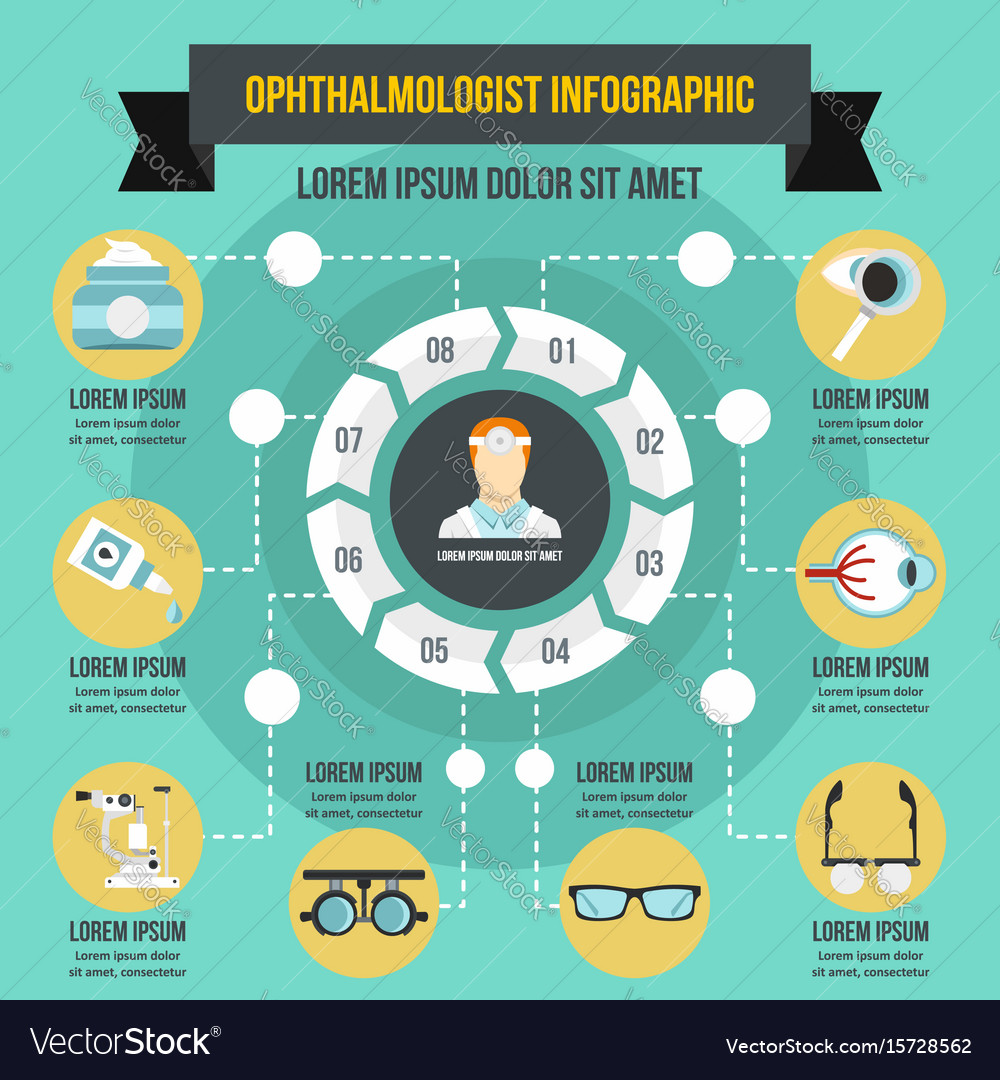As a cataract specialist, your day starts with an extensive eye exam, where you assess patients' vision and lens quality. You know how vital it is to determine cataracts properly. When diagnosed, you prepare for surgical treatment, guaranteeing every information is represented. Yet the difficulty doesn't end there. The actual trip unfolds in the operating room, where accuracy is vital. What takes place following can specify a client's aesthetic future.
The Diagnostic Process: Identifying Cataracts
When it comes to detecting cataracts, clearness is essential. https://postoplasik87531.nizarblog.com/36533776/understanding-vision-post-cataract-surgical-procedure-what-is-taken-into-consideration-typical-and-what-is-not 'll begin with a thorough eye assessment, where you'll assess visual acuity and look for any indications of cloudiness in the lens.
Throughout this process, you'll make use of specific equipment, such as a slit light, to get an in-depth view of the eye's structure. https://www.cleveland.com/coronavirus/2020/10/cleveland-lasik-plastic-surgeons-have-seen-more-demand-during-pandemic.html 'll likewise execute a dilated eye exam to examine the lens and retina more thoroughly.
Gathering your person's medical history is important, as it assists determine threat variables like age, diabetes, or previous eye injuries.
After evaluating the results, you'll figure out the existence and seriousness of cataracts. https://zionahoua.fare-blog.com/36520370/vision-complying-with-cataract-surgical-procedure-distinguishing-between-regular-and-irregular guarantees you offer the very best suggestions for treatment, setting the stage for the next action in their treatment.
The Surgery: Accuracy in Action
After identifying cataracts and reviewing treatment options, you prepare for the surgical procedure, where accuracy is paramount.
You get in the operating room, donning sterile handwear covers and a mask. The individual relaxes conveniently under intense lights, all set for the change.
You start by carrying out regional anesthetic, guaranteeing they feel no pain. With a stable hand, you make a little laceration in the cornea, utilizing innovative strategies to get rid of the over cast lens.
You meticulously insert the fabricated intraocular lens, aligning it perfectly for optimal vision. Throughout the procedure, you keep track of vitals and change as required, keeping concentrate on the task.
In simply a short time, you'll have recovered your person's sight, a gratifying result for both of you.
Post-Operative Treatment: Ensuring Optimum Recovery
Once the surgery is total, your role shifts to ensuring the patient's smooth healing.
You'll start by supplying clear post-operative directions, emphasizing the significance of using the eye shield and taking prescribed medications. Advise them to stay clear of scrubing their eyes and participating in laborious activities.
Set up a follow-up visit within a few days to keep an eye on recovery and deal with any type of worries. Urge people to report any type of indications of infection, such as increased redness or discharge.
Additionally, review the value of using man-made splits to alleviate dry skin. Assistance their emotional wellness by comforting them that visual renovations might take some time.
Final thought
In a cataract cosmetic surgeon's day, you witness the trip from diagnosis to recovery. You see the accuracy in surgical treatment and the care taken post-operation to ensure your ideal recovery. Via this experience, you acquire clarity not simply in vision, yet in comprehending the entire procedure. The trust developed in between you and your specialist is essential, leading the way for a smoother recovery. With the best support, you're on your way to appreciating a brighter, more clear globe.
